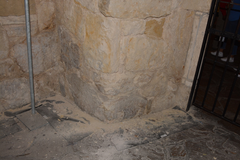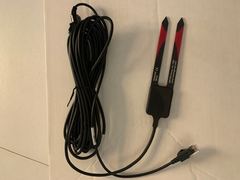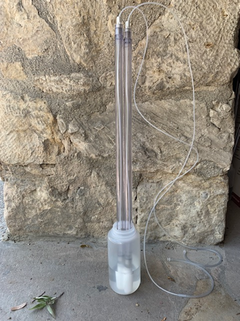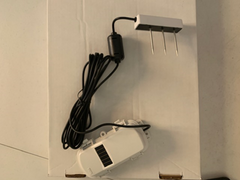For the past 50 years, the walls of the Alamo Church have been deteriorating. There have been several attempts to deal with this over the years, but the walls are still crumbling. The Church walls have uncontrolled moisture and wall loss, which is the most prevalent cause of deterioration in historic structures. After completing the Black Paper Project, the evidence is clear. During this project, we collected over 64 pounds of interior wall loss from only four spaces in 600 days.
Moisture Monitoring Inside The Walls of The Alamo Church

Recently, the preservation team added soil sensors and moisture monitors below grade to the interior and exterior excavation units at the Alamo. This will address the issue of moisture inside the walls in a comprehensive manner. The purpose of the program is to determine the water source or sources as well as to monitor the temperature, moisture, and humidity movements below and above grade. This monitoring program will collect data that will help determine how the Alamo Church will be preserved for the next 300 years.
Using state-of-the-art technology that has never been used at the Church, these sensors and monitors will be placed into excavation units inside and outside the Church.
In the coming weeks, above grade moisture movement sensors will be added to the walls of the Alamo church, which will the preservation team with data that they will monitor closely for 12 months.






